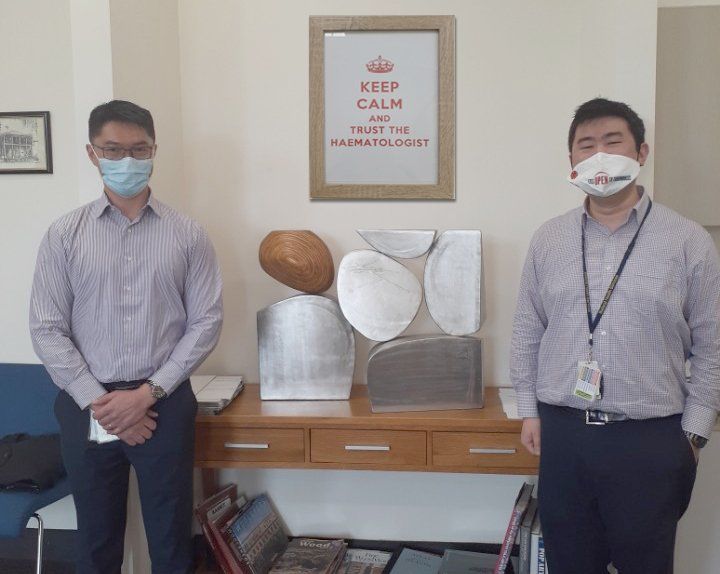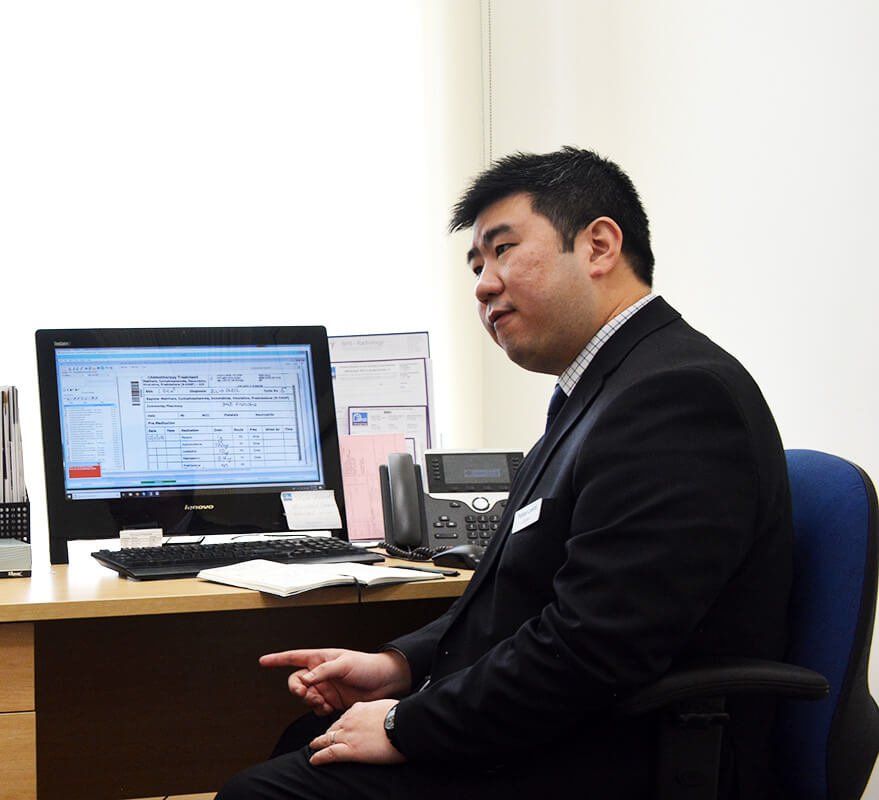Despite a global pandemic, new data relating to oncology treatments continues to be published, and it seems that this is increasingly translating into improved drug access here in Australia.
As oncologists, we are always considering the best treatment option for a patient. Whilst most ‘standard of care’ treatments are available and reimbursed on the PBS system, this is not always the case.
We’re excited that there has been a recent run of agents newly listed on the PBS, or expanded listings that enable us to access a drug or drug combination in more clinical situations. Here’s a quick look at the recent listings:
Ipilimumab + Nivolumab as 1st line treatment of metastatic mesothelioma
Previously combination chemotherapy was our standard first line therapy for unresectable metastatic mesothelioma, but there is now evidence that combination immunotherapy is superior in most instances, and overall pretty well tolerated. This has been approved by the PBAC (the pharmaceutical advisory committee), and we await an upcoming date for reimbursement.
Fulvestrant in combination with ribociclib in metastatic breast cancer, beyond first line therapy
Fulvestrant has been a treatment option for hormone positive metastatic breast cancer for many years, however has not been reimbursed until the recent listing of a generic form of the drug. Ribociclib has been available for several years for the first line treatment of metastatic hormone positive breast cancer, but is now accessible for those who have already had multiple lines of treatment.
Ipilimumab + nivolumab (with chemotherapy) as 1st line treatment in metastatic squamous cell carcinoma of the lung
This is now one of many approved regimens in the first line treatment of metastatic lung cancer now.
Bevacizumab biosimilar (Mvasi) – listed unrestricted
Bevacizumab has been used for many years in metastatic colorectal cancer, and ovarian cancer, and more recently in Glioblastoma Multiforme (stage IV glioma). PBS reimbursement has, however, previously been limited to specific scenarios. The unrestricted listing will allow oncologist to prescribe the drug according to the data, rather than being restricted by reimbursement.
- Dr Heather Francis









